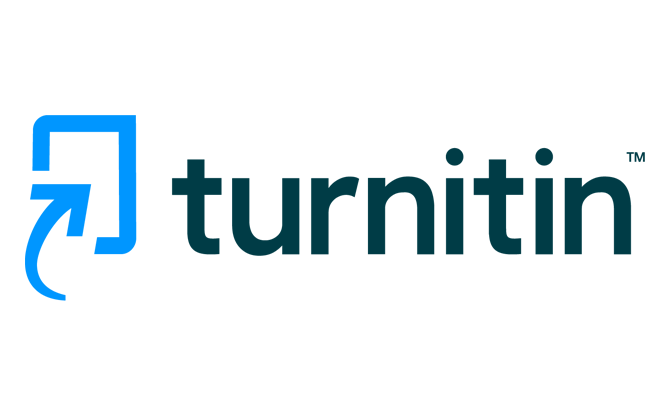Performance Of Local Sheep by the Application of Fermented Cassava Peel With Local Microorganism (MOL)
DOI:
https://doi.org/10.32734/jpi.v8i2.4924Keywords:
performance,, sheep,, cassava peel, local microorganismsAbstract
Cassava peel is a byproduct of the cassava processing factory. Cassava peel is very potential as an alternative feed source of energy for livestock. However, the use is not optimal because it contains anti-nutritional substances in the form of cyanide acid. Through fermentation technology, it is hoped that the anti-nutritional substances it contains can be eliminated so that the cassava peel can be utilized more optimally.This study aims to examine various doses of fermented cassava peels application with local microorganisms (MOL) on the performance of male local sheep. The study was conducted experimentally using a completely randomized design (CRD), 4 treatments with 5 replications. The treatments given were P0 (ration without fermented cassava peels), P1 (25% fermented cassava peels in rations), P2 (50% fermented cassava peels in rations), and P3 (75% fermented cassava peels in rations). The parameters observed were feed consumption, body weight gain, feed conversion, and Income over Feed Cost (IOFC). The results showed that the application of fermented cassava peels by MOL in the ration had no significant effect (P> 0.05) on feed consumption, body weight gain, and had a significant effect (P <0.05) on feed conversion. The IOFC average is: P0 = IDR 449,769.00, P1 = IDR 457,745.00, P2 = IDR 505,481.00, and P3 = IDR 430,404.00. The results showed that fermented cassava peel can be given to livestock up to a dose of 50% with a higher advantage compared to other treatments.
Downloads
Downloads
Published
Issue
Section
License
Copyright (c) 2020 Jurnal Peternakan Integratif

This work is licensed under a Creative Commons Attribution-ShareAlike 4.0 International License.
The Authors submitting a manuscript do so on the understanding that if accepted for publication, copyright of the article shall be assigned to Jurnal Peternakan Integratif as well as TALENTA Publisher Universitas Sumatera Utara as the publisher of the journal.
Copyright encompasses exclusive rights to reproduce and deliver the article in all forms and media. The reproduction of any part of this journal, its storage in databases and its transmission by any form or media, will be allowed only with written permission from Jurnal Peternakan Integratif.
The Copyright Transfer Form can be downloaded here.
The copyright form should be signed originally and sent to the Editorial Office in the form of original mail or scanned document.















